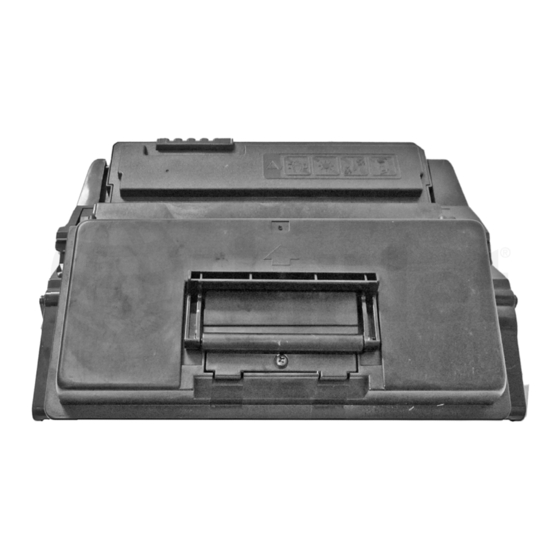Criteria
(o) A method shall be
provided that permits
users to skip repetitive
navigation links.
(p) When a timed
response is required, the
user shall be alerted and
given sufficient time to
indicate more time is
required.
Note to 1194.22: The Board interprets paragraphs (a) through (k) of this section as consistent with the following
priority 1 Checkpoints of the Web Content Accessibility Guidelines 1.0 (WCAG 1.0) (May 5 1999) published by the
Web Accessibility Initiative of the World Wide Web Consortium: Paragraph (a) - 1.1, (b) - 1.4, (c) - 2.1, (d) - 6.1,
(e) - 1.2, (f) - 9.1, (g) - 5.1, (h) - 5.2, (i) - 12.1, (j) - 7.1, (k) - 11.4.
Section 1194.25 Self-Contained, Closed Products – Detail
Criteria
(a) Self contained
products shall be usable
by people with disabilities
without requiring an end-
user to attach Assistive
Technology to the product.
Personal headsets for
private listening are not
Assistive Technology.
(b) When a timed
response is required, the
user shall be alerted and
given sufficient time to
indicate more time is
required.
(c) Where a product
utilizes touchscreens or
contact-sensitive controls,
an input method shall be
provided that complies
with §1194.23 (k) (1)
through (4).
(d) When biometric forms
of user identification or
control are used, an
alternative form of
identification or activation,
which does not require the
user to possess particular
biological characteristics,
shall also be provided.
(e) When products provide
auditory output, the audio
signal shall be provided at
a standard signal level
www.xerox.com/Section508
Supporting Features
Supports
Not applicable
Supporting Features
Supports
Supports
Not applicable
Not applicable
Not applicable
Remarks and explanations
A method is provided that permits users with
Assistive Technology to skip repetitive navigation
links.
No time-out sensitive selections exist.
Remarks and explanations
No Assistive Technology required for the product.
A time-out alert feature is present and controllable.
Front panel time-outs can be disabled.
The product does not use a touch screen.
Biometric forms are not used.
There is no auditory output.
Back to top
6 of 11
Last Revision: 10/24/06

